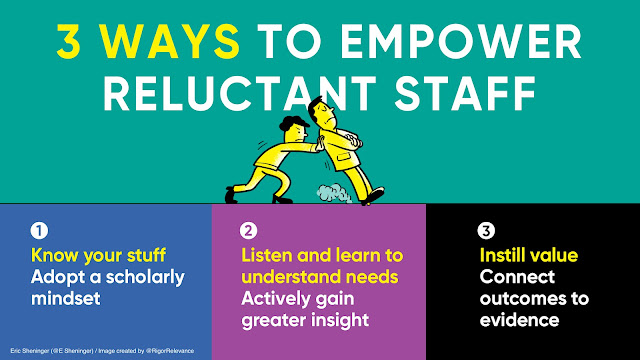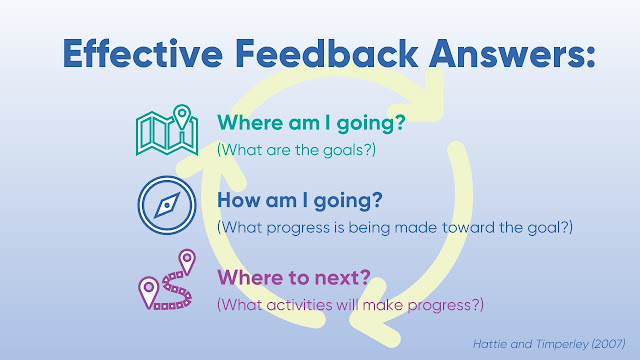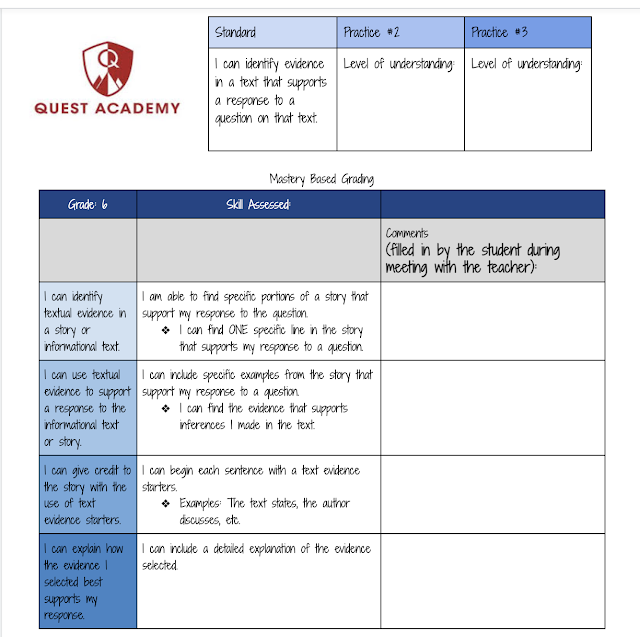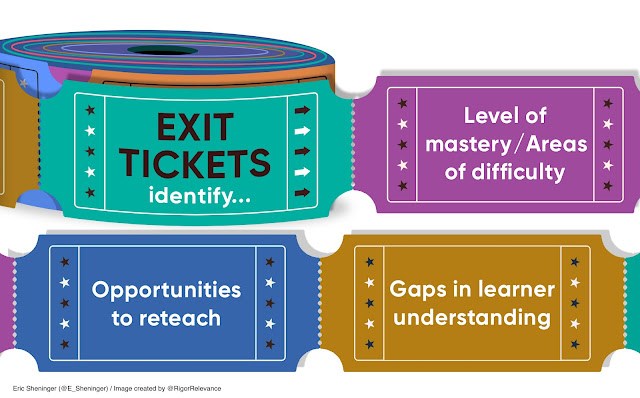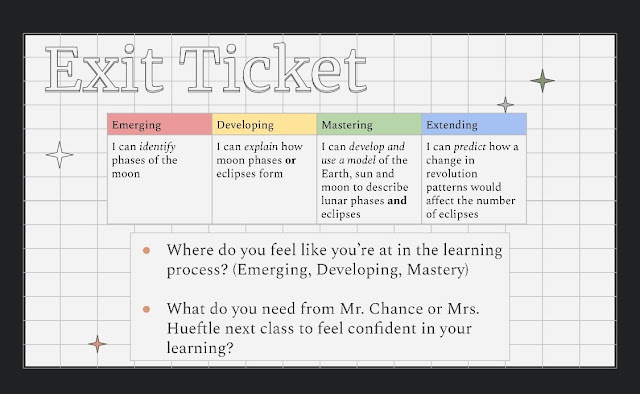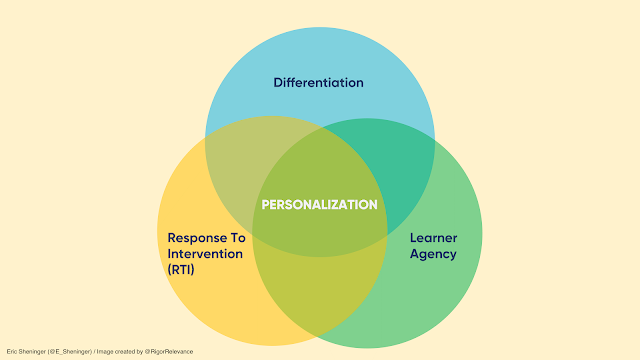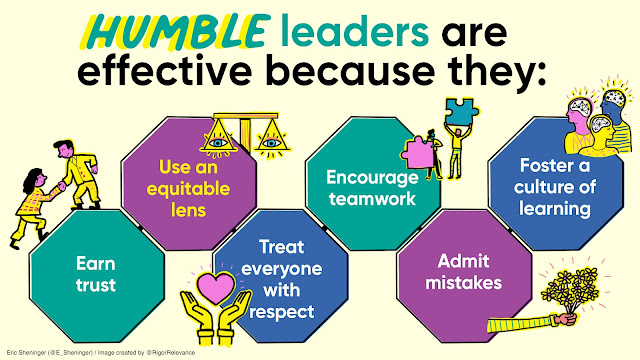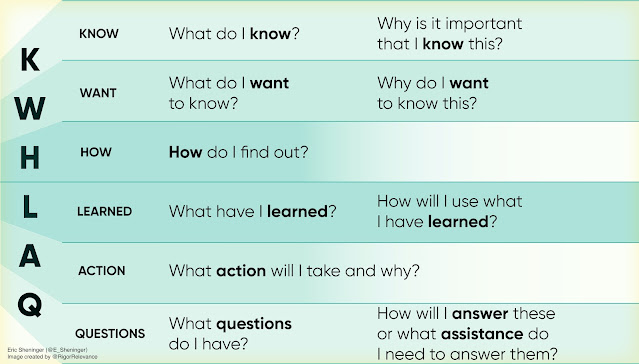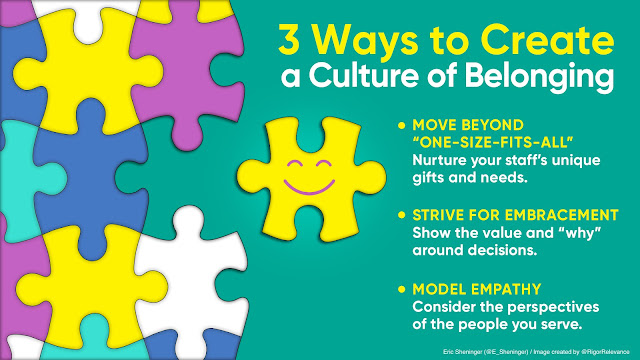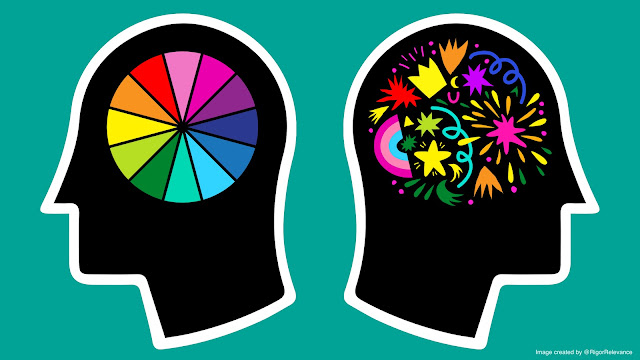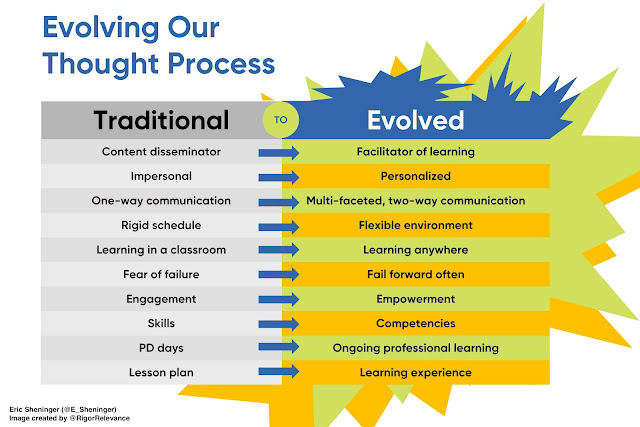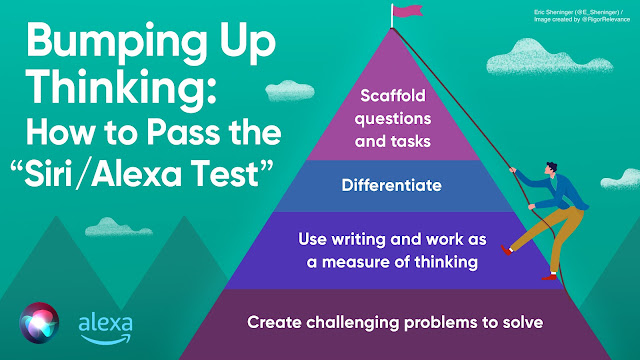We blink, and things change. While disruption is not new in any sense, it is happening at a more frenetic pace for a variety of reasons. I shared the following in Disruptive Thinking:
With the exponential rate of change taking place in society, it is exciting to think about what the future may hold, despite many unknowns. However, we know that the future will be vastly different than what we are currently experiencing and that these changes will dramatically impact workforce expectations.
Empowering our learners to think critically and solve real-world problems must be a cornerstone of our mission as educators. However, lifelong learning is a must for all of us, not just the kids we serve.
Disruption, in the eyes of many, has a negative connotation and leaves people frustrated and afraid. It can also push others outside their comfort zones. No matter the impact, the aftermath of disruptive events can set the stage for innovative change by focusing on the “3 C’s” – convalesce, conceptualize, create.
Convalesce
Recovery is often needed after disruptive events, which was clearly evident in the aftermath of the COVID-19 pandemic. It can also occur when we experience any exponential change, as we see with advances in technology. Support is imperative, but also there is a need to ask the right questions so that lessons learned can pave the way to develop ways to improve teaching, learning, and leadership that lead to better outcomes for all. Consider the following as you convalesce in the face of disruption:
- How has disruption impacted our practice both in positive and negative ways?
- Why is it important to take action now to improve practice? What happens if we don’t?
- What additional information or support is needed?
Leadership using an empathetic lens is critical to any recovery effort. A clear vision and plan are needed in addition to modeling the appropriate attitudes and behaviors to make difficult decisions. Equally instrumental is the ability of educators to reflect on the effectiveness of current practices and look for opportunities to grow. No matter your role, convalescing in disruptive times requires agility, improvising, collaboration, and problem-solving.
Conceptualize
Experiences, both good and bad, set the stage to determine appropriate action. In the age of disruption, convalescing often provides us with innovative ideas that can lead to positive change. The challenge is how to move these forward in ways that lead to a better normal. Conceptualizing means developing a practical way to implement an idea. It is not enough to simply have the idea as they are a dime a dozen. To conceptualize, educators must develop models of how such an idea might be made manifest itself into changes in practice. A sound plan of attack is crucial, or else the idea will fizzle.
Questions are a powerful tool in the conceptualization process. They can be kept simple enough to spark needed inquiry while helping develop the necessary context to transition an idea into reality. Here are some to consider:
- Why is this idea needed or beneficial?
- How will this idea improve professional practice and outcomes?
- What will tell us whether or not the ideas were successfully implemented?
Create
In my mind, this is the fun part. Disruption affords all of us the opportunity to take calculated risks in an effort to create a better way to teach, learn and lead. The first two C’s set the stage for actions that have the potential to radically transform our practice by seizing upon lessons learned through adversity. It is easy to brainstorm ideas and mentally envision how they will pan out over time. The difficulty is moving them through action. Below I offer a few ideas, but these only scratch the surface. Consider creating a:
- lesson that infuses high-agency strategies (voice, choice, path, pace, place) not currently being used.
- opportunity for students to use technology in a purposeful way aligned to effective Tier 1 instruction
- strategy to use data in the classroom
- vision for personalization in your school or district
- virtual option for students
- plan to afford teachers more time to learn
- process that results in high-functioning PLCs
Where do you see an opportunity to create better opportunities for those you serve?
Any idea that makes it to the creation stage must also be ready to implement, reflect, and revise as needed. Disruption can be a force for good with the right mindset and plan. When an opportunity arises, no matter the form, be ready to pounce.




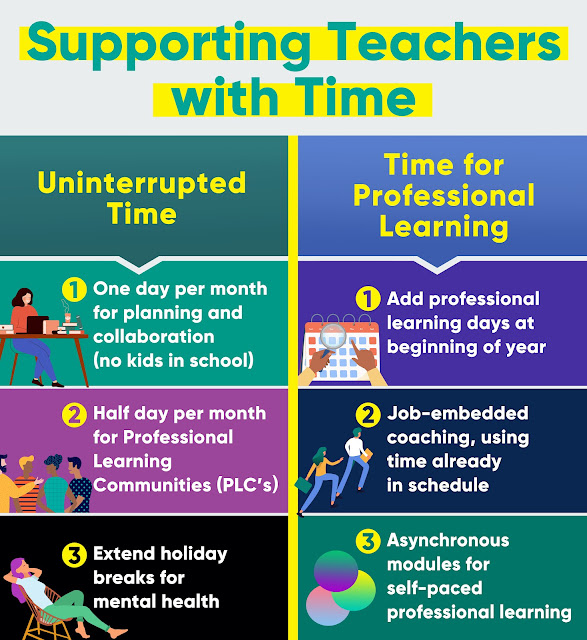



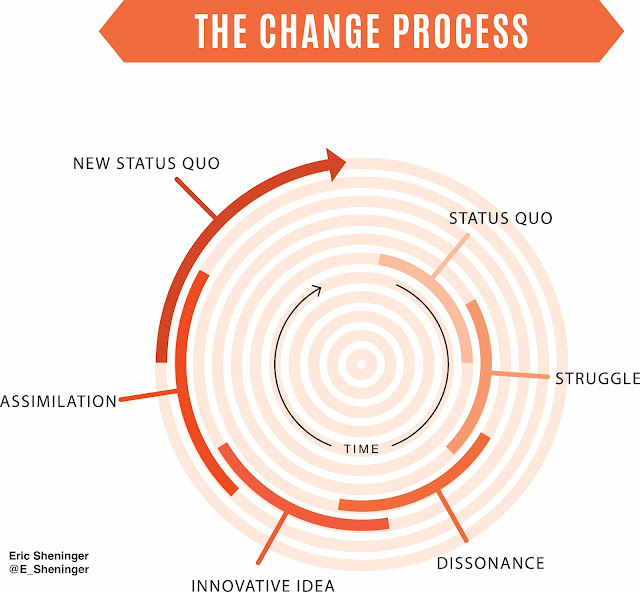
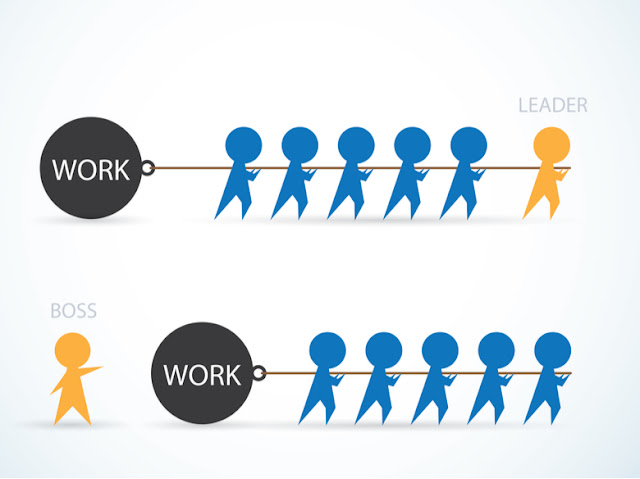

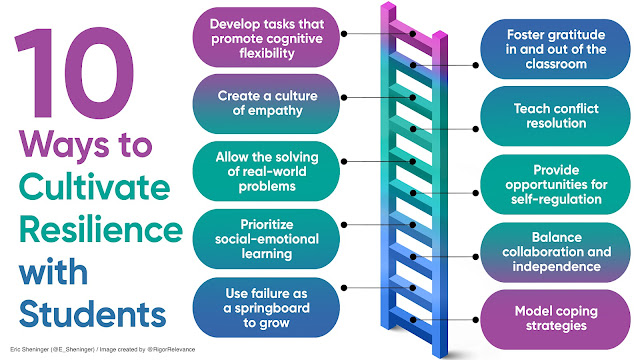


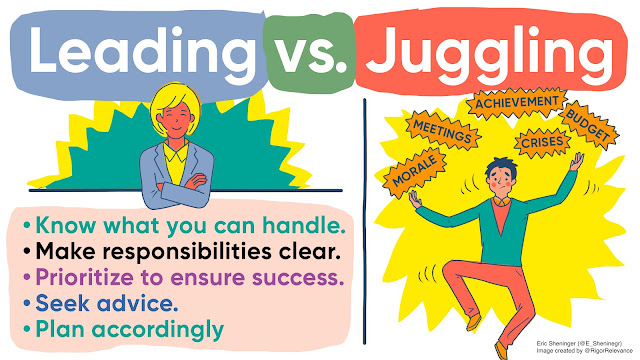
.jpg)
